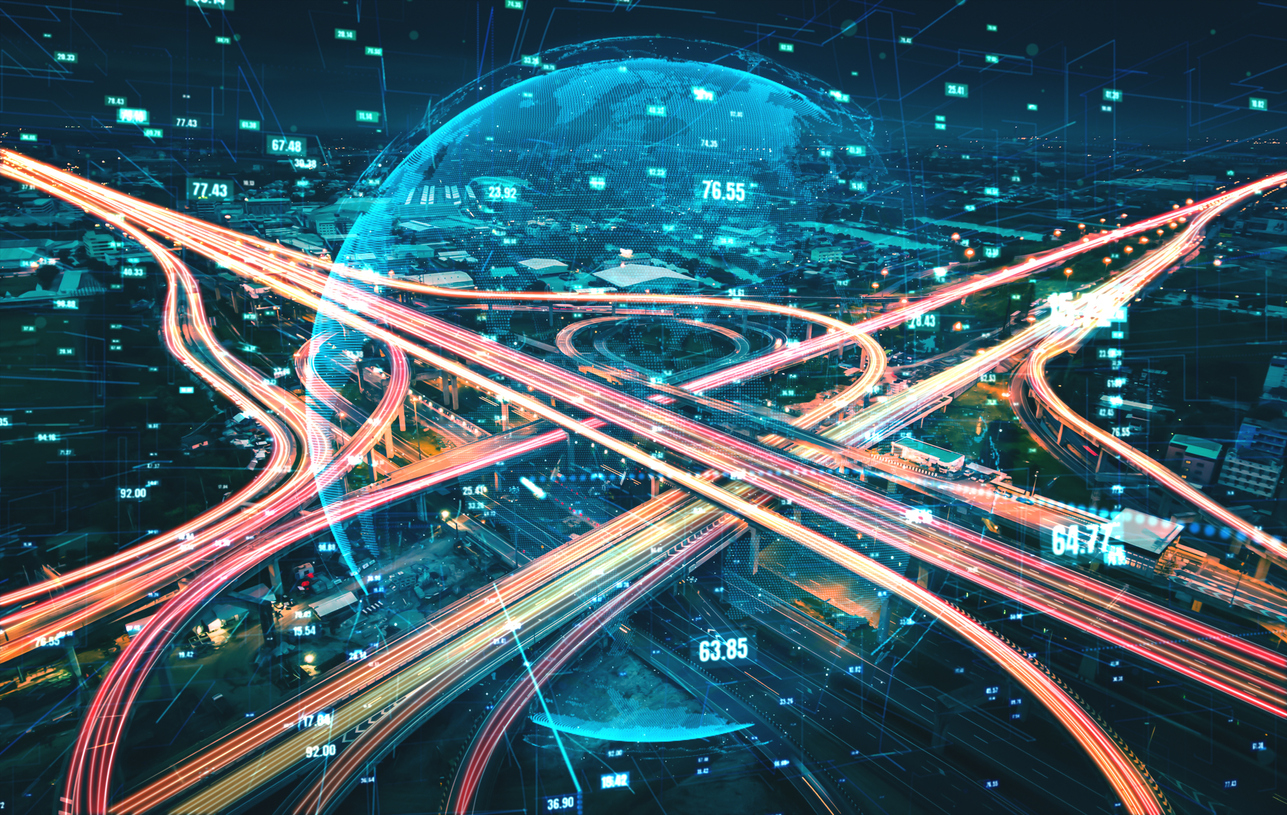Claire Rychlewski, SVP at EMEA Business at Kinaxis, takes a look at the road to sustainability maturity for the supply chain.
Sustainability is a complex and ever-evolving issue that is becoming increasingly sophisticated in the demands it places on companies. Widely accepted as both a moral and business imperative, it has elevated to a board-level priority in recent years, leading to a raft of ambitious long-term sustainability goals across global supply chains.
However, while many companies have set top-down driven targets, a disparity exists between long-term ambition and day-to-day operations. Sustainability is not commonly operationalised or woven into the fabric of an organisation, so businesses may ultimately struggle to stay true to a coherent, durable strategy. The supply chain, in particular, has traditionally been focused on the next disruption, leaving little room for longer-term sustainability planning.
Fortunately, the will and desire are there within organisations to successfully operationalise sustainability. This is due in part to the growing presence and influence of Generation-Z, who now make up over one-fifth of the UK workforce. Businesses are also increasingly mindful of the need to build supply chain resilience against future large-scale disruptions, in order to get their products to market.
The operational challenge of sustainability extends beyond plugging the supply chain into top-down goals. To ensure that their long-term targets are met, businesses must look to standardise and mature their sustainability strategies by linking them into digital transformation initiatives.
Teething problems in operation
The importance of sustainability in tackling primary threats such as the climate crisis has been reinforced by the effects of the pandemic. As a result, more businesses than ever are focusing on sustainability as a key driver for post-Covid recovery.
But for many businesses, translating board-level goals into operational execution is proving a challenge. This presents an early stumbling block on their journey to sustainability, preventing CEOs and boards from seeing the continuous improvements to structural effectiveness and digital transformation that an operationalised approach brings.
These complications are particularly visible in the supply chain. Often deemed the “next frontier” in sustainability, supply chains are estimated to contain around 5.5 times as many greenhouse gas emissions as their company’s direct operations, according to a report from CDP. Counting emissions within a supply chain is difficult to do and is typically not standardised, which inhibits its potential for agile and mature growth.
Despite an increased awareness of the need for operational sustainability, the Chartered Institute for Procurement and Supply (CIPS) found that 80% of supply chain managers had little to no involvement in sustainability planning or awareness of a corporate sustainability strategy. C-level commitments to sustainability are being held up by the old top-down, linear approach, so most supply chains keep depleting raw materials to make products that are discarded at the end of their life. To drive operational success and achieve tangible impacts on climate change, businesses must make sustainability core to planning and not a separate workstream.
Rethinking resilience: the need for a more joined-up approach
The impact of the Covid crisis on the world’s stressed supply chains cannot be ignored. For many organisations, sustainability took a back seat in an effort to drive resilience and reliability at a time of immediate crisis. This form of disruption planning risks losing sight of greater, and more permanent, disruptions on the horizon.
As the pandemic took hold, supply chains had to become more resilient to cope with the instability of supply and demand. Now, an opportunity exists to align this resilience with an operational sustainability strategy. Businesses can reshape their supply chain to be more sustainable over the long term, delivering the efficiency and resilience needed to manage the next normal.
To achieve this, organisations must move towards a circular supply chain. Finding ways to reduce, reuse, and recycle will strengthen resilience in both an environmental and business sense. Concurrent planning is, therefore, necessary to build a truly connected and balanced end-to-end supply chain. In the years to come, supply chains with the agility and resilience to adapt quickly to change and bounce back from adversity will demonstrate sustainability in its truest sense.
Sustainability maturity is within reach
Accelerated digitisation can transform a siloed supply chain into a circular end-to-end digital ecosystem. Many organisations are turning to digital transformation as a means of trading outdated planning and technologies for agile modern-day solutions. This reset puts companies in the perfect position to embrace operationalised sustainability and adapt to emerging trends and threats.
A resilient, sustainable digital supply chain does not just mitigate the risks from climate change - it also boosts efficiency, drives innovation, and reduces costs. With exciting technological developments such as artificial intelligence (AI) on the ascendant, the time is ripe to blend sustainability operations with evolving digital transformation initiatives.
Nobody can predict the future, but the optimum planning tools are available right now. Companies that proactively budget for, invest in, and commit to robust digital planning solutions today will meet tomorrow’s disruptions with sustained resilience and agility.











